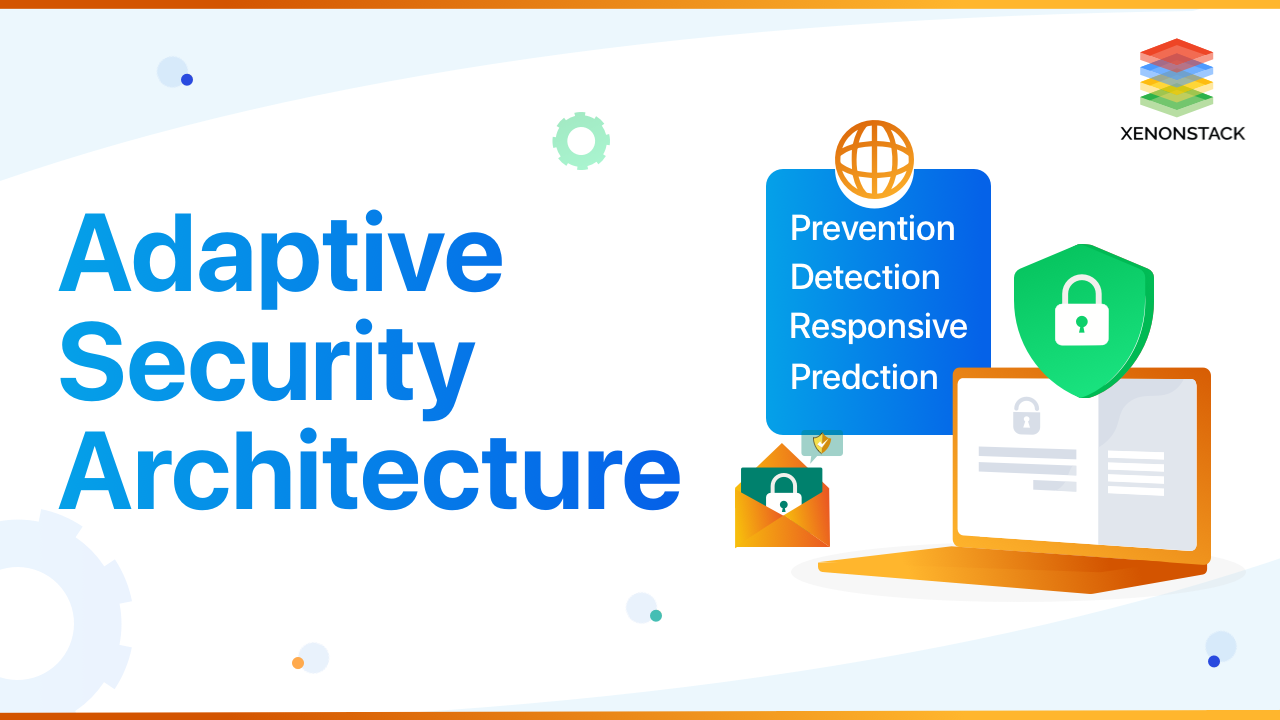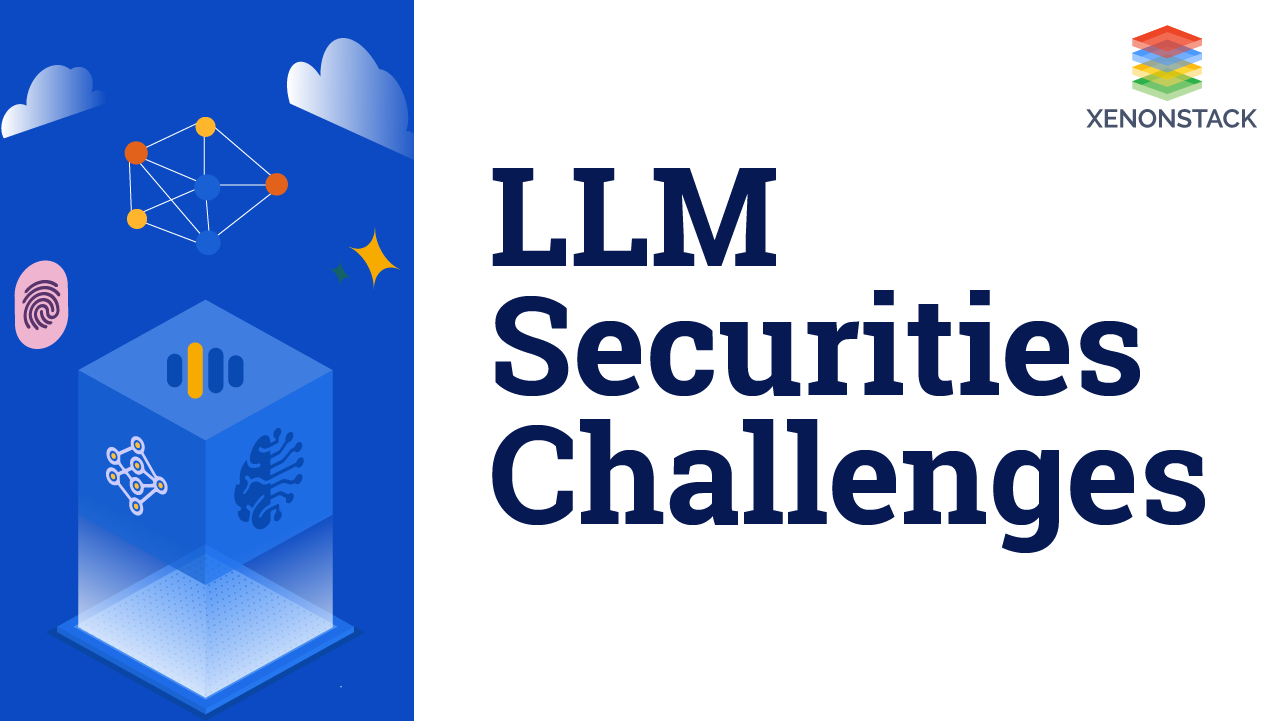
Introduction to Adaptive Security
Adaptive Security is a real-time security model or approach that continuously investigates behaviors and events to protect against the threat and adapt to the threats accordingly before they happen.The primary goal of adaptive security is to create a feedback loop of threat visibility, threat detection, and prevention that consistently becomes more effective. It consists of four major categories of competence: prevention, detection, Responsiveness, and Prediction.The primary targets of listed cyber attackers or threats are enterprises, government, military, or other infrastructural assets of a nation or its citizens. Click to explore about, Artificial Intelligence in Cyber Security
How does Adaptive Security Architecture works?
Is it clear by Adaptive Security Architecture Definition? Let's learn the processes below:Prevention for Adaptive Security
Prevention is the first necessary step that allows enterprises to create products, processes, and policies to prevent attacks. It takes care of judging whether an object is safe or malicious and take step accordingly. It can be done through firewalls, signature-based engines, and proactive technologies using machine learning. This step blocks almost 99% of threats, but what about the remaining 1% threats? This 1 % is doing the most massive damage to businesses.Detection
In this step, security solutions are configured not to block threats themselves. Still, they serve to detect and report suspicious activity, and later they can be managed by skilled infosec professionals. It includes behavioral dynamic code analyzers and analytic systems. Here the aim is to diminish the time taken for threats to be detected and stopping potential risks from becoming actual risks.How Adaptive Security is Responsive?
Respond is the most logical step in Adaptive Security Architecture. In this step, we will define what measure to take and how to respond to the specific type of threats that are not being stopped by the high layer. By investigating incidents and proper analysis, an ASA can respond accordingly to a threat, whether through a design or policy change. More specifically, this step does investigate incidents, design policy changes, conduct retrospective analysis.Prediction in Adaptive Security
The prediction layer feeds IT teams with alerts about external events. By monitoring attackers' activities, this layer also anticipates new types of attacks and provides information that further enhances the prevention and detection layers.The process of protecting the networks, computer systems, and programs from any cyber or digital attacks. Click to explore about, The Ultimate Cyber Security Checklist
Adopting an Adaptive Security Architecture
It doesn't depend on the size of someone's network of organizations, business nature, or the threats someone's organization is exposed to. Adaptive security can be adopted by any irrelevant to these things, and they can be evolved according to someone's defined policies and procedures. The following is a list of steps that help in designing an adaptive security model:- Point out the threats and threat characteristics that should be avoided or destroyed.
- Threat characteristics may consist of the known threat's attribute or some entity or process's suspicious behavior.
- Define satisfactory, trusted components, behavior, and actions that must not be mistaken for a threat.
- Set triggers to monitor for threats and, if necessary, for invoking a system responds accordingly.
- Implement redundancy for critical functions.
- There should not be any critical, trusted elements because they compromised damage to an entire system.
- Define threat response so that it should be useful and do not lead to killing the host machine.
- Then, define the recovery process.
- After that, define a feedback phase at the end, which can validate the response.
A hybrid cloud service platform. It supports a wide variety of operating systems, computing languages, architectures, resources, applications, and computers. Click to explore about, Azure Security Services and Security Checklist
What are the challenges of Adaptive Security Architecture?
Designing an adaptive security architecture has always been challenging since its inception due to the below-mentioned reasons:
- Current technologies for blocking and prevention are inadequate to defend against empowered, sophisticated attackers.
- Most organizations continue to invest excessively in prevention-only strategies.
- Visibility minimal for advanced attacks.
- Since enterprise systems are under constant attack and are continually breached, the ad-hoc approach's mentality to "incident response is wrong.
Recommendations for Designing an Adaptive Security Architecture
- Shift the organization's culture from "Incident response "to "Continuous response."
- Adopt an adaptive security architecture.
- Spend less on prevention; invest in detection, response, and predictive capabilities.
- Develop a security operations center in the organization that supports and practices continuous monitoring.
Why Adaptive Security Matters?
Adaptive Security allows for early detection of the security breach and an automatic, autonomous response whenever a malicious event occurs. As cyber threats and other security and hacking attack methods are becoming advanced day-to-day in their attack method and their automation, businesses also need to adapt their handling methods and prevent such attacks as useful as possible. Apart from its fundamentals benefits, adaptive security has more to give:- It's a continuous process and evolves according to the threats.
- Reduce the attack surface area, making someone's service and product less prone to vulnerabilities.
- Shortened the recovery time
- Due to the rapid adoption of IoT, Big Data, and Analytics, the risk of security increases, resulting in some new approach other than the traditional security approach to prevent such threats.
- Integrating ML and AI with ASA can result in advanced analytics. This can detect security breaches that would not be obvious by monitoring the system alone.
What are the benefits of Adaptive Security?
Adaptive security has lots of advantages over the traditional security approach. According to their network's design, it all depends on organizations' size and adaptive security implementation. Let's see some of the benefits of adaptive security:- Reduces the surface area for the attackers
- Responsive to attacks that result in the reduction of remediation time
- Decrease the rate of attacks
- Recognize ongoing security breaches
- Continuous monitoring and response in real-time
- Limit the data theft and damage
The unified monitoring solution in Azure that provides full-stack observability across applications and infrastructure in the cloud and on-premises. Click to explore about, Continuous monitoring with Azure Monitor
What are the best practices of Adaptive Security?
We have already accurately defined all the four stages, i.e., prevention, detection, responsive, and prediction. Let's know certain best practices with an example:- It can be improved by integrating with Artificial Intelligence and Machine Learning.
- There should be a well-defined recovery process so that systems should be capable of adaptively reconfiguring and restarting themselves.
- Any critical “trusted” elements should not be there.
- A feedback stage is necessary that validates the threat response so that the response could be limited to only legitimate and realistic threats.
Traditional Security vs Adaptive Security
Nowadays, organizations and security professionals face a combination of challenges, including undefined perimeters and continuously evolving security aspects. New problems may consist of the evolution of the Internet of Things and IoE, the transition from IPv4 to IPv6. Due to the emerging of such new trends and most of the previous attacks the market has seen in the past few years, there is one common thread, i.e., the attacker has penetrated the traditional perimeter defenses show traditional log event management tools.
Monitoring practices are becoming increasingly insufficient. The firewall or IPS monitors the communication between devices and tries to spot an attack in the traffic based on having seen such an attack before, which is not a much intelligent defense where attacks are becoming automated and smarter. Organizations must shift their security mindset from 'incident response' to 'continuous response' by adapting the Adaptive Security Architecture (ASA).
Cybersecurity and Adaptive Security
Cybersecurity threats are becoming unfortunate in every day of life. Organizations today are looking for solutions that empower them to predict, prepare, and react proactively to the shifting landscape of cyber threats. Implementing adaptive cybersecurity policies is becoming inevitable to achieve the goal. So what necessitates cybersecurity to be adaptive?Evolving Threats
As technology develops and develops over time, the cyber threats we face will also evolve and become more advanced. Earlier, the risks and attacks were much rarer, so cybersecurity systems were beneficial. But now, those systems are completely outdated. Therefore, to keep up with evolving threats, cybersecurity systems need to adapt to different scenarios and environments quickly. Business and cybersecurity teams may not predict the future, but they can prepare for it.Larger Attack Surface
As far as our data is shifted to the cloud, the chances of attacks increase day by day, i.e., the more and more of our work is being moved online, the number of access points for those looking to gain unauthorized access is increasing day by day. One of the main issues is securing the IoT devices, as IoT devices' growth surrounds today's environment. Therefore, to solve these problems, adaptive security will need to implement to protect business network assets, and it also helps to secure personal devices.
The primary targets of listed cyber attackers or threats are enterprises, government, military, or other infrastructural assets of a nation or its citizens. Click to explore about, Artificial Intelligence in Cyber Security
What are the principles of Adaptive Cybersecurity?
The following principles apply to information systems to reduce exposure to threats, contain the magnitude of risks, and counter them quickly.Pattern Recognition
IT systems must be capable of sophisticated pattern matching techniques to identify normal and abnormal behavior in code, command, communication protocols, etc.Disposability - IT infrastructure
A sacrificial IT system – a system or virtual machine instance that can be eliminated if necessary – represents the concept of disposability in an IT infrastructure. Disposability enables flexibility that contributes to the overall robustness of the infrastructure.Anomaly Detection
An IT system must support the capability to recognize and respond automatically to abnormal behavior or known threats. The intention of using an adaptive approach to security design is to anticipate threats before they manifest themselves.
Adaptive Security Processing Architecture
Adaptive Security Processing Architecture consists of the following hierarchy:- Telemetry - Telemetry gathers and monitors information about a system, networks, and other activities that can affect the IT infrastructure. Telemetry must be gathered in real-time to anticipate threats effectively.
- Correlation - Correlation is the evaluation of real-time telemetry data in conjunction with historical information.
- Response - Mechanisms take specific actions according to a well-defined security policy and set of rules. The response often includes modifying system configurations, system characteristics, behavior, and halting systems if necessary. The response mechanism's goal is to limit the exposure and impacts that might adversely affect service levels.
DevOps Security Operations entirely focuses on securing applications and integrating the security in the DevOps process. Click to explore about, What is DevSecOps and its Benefits?
Concluding Adaptive Security
We see adaptive security and its importance in today's IT areas where everything is becoming automated. We should look at this new security approach, which is more beneficial and effective than the traditional security approach. But it's not as easy as it looks, as an effective ASA requires robust solutions that include several features and security measures for predicting threats and preventing threats. The adaptive security solution should offer 24/7 visibility and threat alerts. We can integrate AI and ML for better predictions and robustness and then adopt it in the DevOps cycle. For more information, go through the below steps:- Learn more about Network Security Analytics
- Explore more about Container Security Solutions
- Get an insight based on Website Security - Benefits | Tools | Measures


